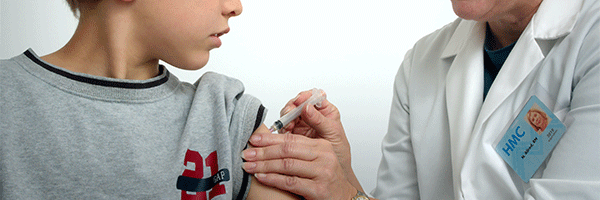Johnson & Johnson (JNJ) said today, January 12, that the the company is in the “final stages” of analyzing the data from its 45,000-patient Phase 3 trial of the single-dose version of its vaccine. “We hope to have that information very soon,” CEO Alex Gorsky said at a panel at JPMorgan Chase’s annual health care conference.
Bloomberg reported yesterday that the data would be ready to submit to the U.S. Food and Drug Administration for emergency authorization on January 21.
The Johnson & Johnson vaccine would be a huge boost to the vaccination effort: It’s a one-dose vaccine, unlike the two dose vaccines from Pfizer (PFE) and Moderna (MRNA), and it can be kept in a regular refrigerator at 35-40 degrees unlike the Pfizer and Moderna vaccines that require storage at below 0 temperatures. (The Pfizer vaccine requires temperatures of 94 degrees below 0.)
One wrinkle, of course. Until the FDA sees the data, no one knows if the Johnson & Johnson vaccine works–or what it’s efficacy might be. That last point could be very tricky for health authorities to navigate. The Pfizer and Moderna vaccines reported efficacy rates above 90%. What happens if the Johnson & Johnson vaccine works but at a lower efficacy rate? What, for example, if it’s only 80% effective? That would still be quite good–the flu vaccine is only 50% to 60% effective. But would people be willing to sign up for a vaccine that promised a significantly lower efficacy?
The Johnson & Johnson vaccine, if it works, could arrive at a crucial moment in the fight against the coronavirus pandemic–when the vaccination roll-out has been disappointingly slow and when there are real problems in getting enough vaccine to where the doses need to go.
Shares of Johnson & Johnson closed down 0.78% today, January 12.


